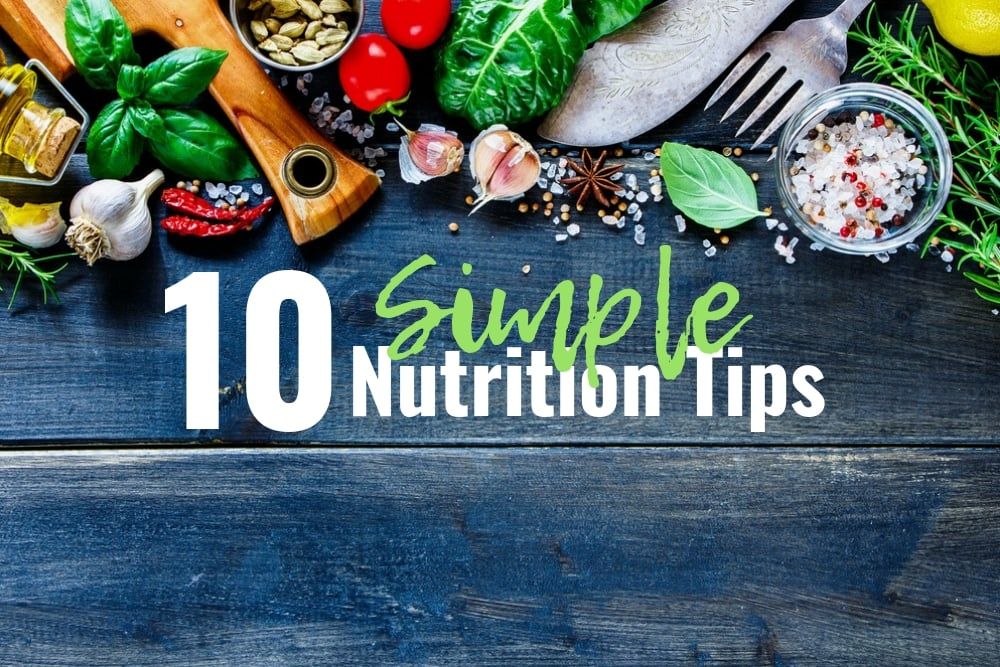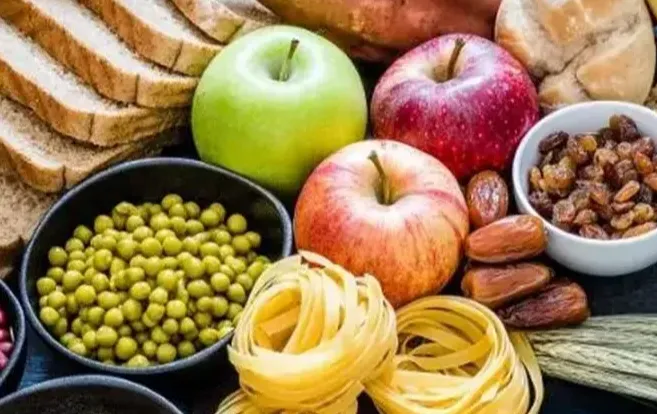Top 10 Nutrition Tips for a Healthy by This Year 2024
Aug-17-2024
Why a Balanced Diet Matters
A balanced diet is like the cornerstone of good health. It means eating a variety of nutrient-packed foods in the right amounts. By including different food groups in your meals, you give your body all the essential vitamins, minerals, and nutrients it needs to function at its best. Over the years, I’ve seen countless nutrition trends come and go—remember Olestra, the paleo diet, or celery juice? As a health journalist who’s tracked these fads, I can tell you that the most valuable nutritional advice stands the test of time and is backed by solid research. Scientists dive deep into these topics, exploring them from every angle before reaching a consensus.
So, what are the timeless nuggets of wisdom? Eat more fruits and veggies, cut back on salt, saturated fat, and sugar, switch to whole grains, and keep your body moving. We all know these basics, but how do they apply to the daily choices we make? Here are ten of our favorite tips to help you start 2024 on the right foot.
Here Are the Top 10 Of Our Favorite Tips for Starting 2024

1. Swap Meat for Beans or Lentils
Looking to switch things up? Try replacing meat or starchy sides with beans or lentils. These little powerhouses are packed with fiber, protein, potassium, magnesium, folic acid, and iron, making them a fantastic addition to your diet. Plus, they taste great! For an extra boost, experiment with tofu and tempeh. Both are soy-based and incredibly nutritious. Frying them takes just five minutes, and unlike chicken or fish, they’re almost foolproof and won’t overcook easily.
2. Go Nuts
Nuts and seeds are your new best friends. They’re loaded with plant-based protein, healthy fats, and essential nutrients like magnesium, zinc, and vitamin E. Sprinkle them on salads in place of croutons (which are often just white bread with a little flavor). For added flavor, toast your nuts before adding them. You can also top your yogurt or oatmeal with almonds or walnuts. Tahini (toasted sesame paste) works wonders in sauces and dressings, and peanut butter is perfect for peanut curry, sesame noodles, or spicy peanut sauce.
3. Boost Your Meals with Veggies
Add a veggie boost to increase potassium and cut back on salt. Toss a pound of steamed broccoli into your favorite Chinese or Thai dishes. Mix a packaged salad kit with fresh greens, or add a bed of spinach or kale to frozen meals. Cooking from scratch? Check out recipes from The Healthy Cook that are already loaded with vegetables. Each bite will pack more potassium and less salt.
4. Cut Down on Yogurt Sugar
Go for fresh fruit and plain or Greek yogurt with no added sugar. Mix in frozen wild blueberries, mango, or a bit of jam with a sprinkle of cinnamon. It’s a delicious way to enjoy yogurt with a little extra flair!

But plain yogurt is not for everyone. And many “light” yogurts reduce the sugar by adding acesulfame potassium and sucralose. Or add your fresh or frozen fruit to a 1% or 2% low- fat cottage cheese, such as: B. Happy Growth, Daisy, or Friendship.
1. Skip the Sugary Coffee Drinks
When it comes to coffee, keep it simple. Opt for drinks that mix espresso or regular coffee with milk, water, or ice instead of sugary syrups, cream, or whipped cream. Think classic choices like a regular latte, cappuccino, Americano (espresso with water), black coffee, or iced coffee. Tip: A regular latte or cappuccino is just espresso with milk—no need for added sugars. Flavored syrups and sugar packets can each add around a teaspoon of sugar per serving. At places like Starbucks, whipped cream can add at least 70 extra calories from cream and sugar. Keep it straightforward and enjoy the pure taste of your coffee!
2. Try Eating Like a Flexitarian
Adopting a flexitarian diet means cutting back on meat (especially red meat) and dairy while loading up on vegetables. This way of eating is not only great for your health but also for the planet. Since a flexitarian diet is mostly plant-based but still flexible, it’s a fantastic way to make healthier choices without strict rules. Curious about how to start? Check out our guide on flexible eating for more tips!
3. Find Joy in Your Workout
Exercise might seem daunting at times, but it’s incredibly beneficial. Research shows that any amount of physical activity—whether it’s a brisk walk or a full workout—keeps both your mind and body in top shape. Regular exercise can help you think more clearly, sleep better, lower blood pressure, improve insulin sensitivity, and reduce anxiety. Plus, the long-term benefits are impressive: consistent exercisers have a lower risk of heart disease, type 2 diabetes, and several types of cancer. So, get excited about moving your body and enjoy the many perks that come with it!

Up to the point? Aim for 150 minutes of moderate-intensity exercise per week (and don't forget strength training). But every little thing counts. Increase your heart rate whenever possible, even for just a few minutes at a time.
1. Master the Art of Saying No to Junk Food
Our world is overflowing with tempting, calorie-packed junk food. It feels like you can't go anywhere—whether it’s shopping, hitting the mall, or even just a casual stroll—without being bombarded by sugary and salty snacks. Our brains aren’t wired to resist these constant cravings, even though they’re far from good for our health. So, how do you fight back? Here are six smart strategies to help you dodge those junk food temptations and stay on track.
2. Boost Your Grains with Veggies
A serving of grains, like half a cup, is pretty small—about the size of a tennis ball. So, what’s the fix? Pump up your meal by mixing in sautéed or roasted veggies with your brown rice or quinoa. Or, try adding some roasted mushrooms, peppers, or zucchini to your whole-wheat pasta. Even better, toss in some sautéed spinach or kale. Not only do veggies add a burst of flavor, but they also lower the caloric density of your meal, meaning you get more nourishment with fewer calories.
3. Pack Up Half Your Restaurant Meal
Studies of restaurant entrees in Boston revealed that a typical plate—excluding drinks, starters, and desserts—can pack around 1,300 calories! This is true across a variety of cuisines, from Greek to Indian to Thai and beyond. Next time you dine out, consider asking for a doggy bag and taking half of your meal home. It’s an easy way to control portions and avoid overeating.